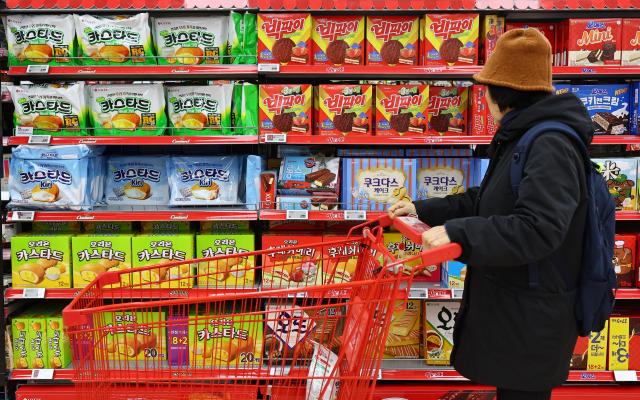
The continued consumer price increase in South Korea was caused by high interest rates, high oil prices, and increased prices of agricultural products. Various factors such as abnormal weather, increased energy costs, rising raw material prices, higher labor expenses, and increased seed costs have posed challenges to the agricultural sector this year.
The national statistical information service said that the increase rate in food prices in November 2023 was found to be larger than the previous month. The consumer price index of the processed food category was 119.48, up 5.1 percent from the same period last year. The inflation rate of restaurant prices was 4.8 percent, up 0.06 percent points.
Prices of processed foods have increased for 24 consecutive months while restaurant prices continued to rise for 30 consecutive months. Among the main ingredients of food made in home kitchens and restaurants, salt showed the largest inflation rate of 21.3 percent, followed by sesame oil (20.8 percent), and pasta noodles (19.1 percent).
The inflation rate of the price of milk was 9.3 percent in September, 14.3 percent in October, and 15.9 percent in November. The price of ice cream products was also affected by the milk price increase to show a 15.6 percent price inflation rate. Inflation rates of prices of mineral water (11.8 percent), coffee (11.6 percent), and fruit juice (11.2 percent) were all above 10 percent compared to October.
Due to the rise in prices of main food ingredients, restaurant prices also increased. In the restaurant prices category, 30 products or menus (76.9 percent) had inflation rates higher than the overall average.
Hamburgers had the highest inflation rate at 16.9 percent, followed by pizza (10 percent), Bibimbap (7.1 percent), a bowl of rice mixed with salad and spicy chili sauce dressing, Naengmyeon, (7 percent) cold buckwheat noodles, duck meat menus at restaurants (7 percent), porridge menus at restaurants, (6.9 percent), Gimbap (6.9 percent), Korean-style rice balls wrapped in dried seaweed, lunchboxes (6.8 percent), Tteokbokki (6.7 percent), finger-sized chewy rice cakes smothered in spicy and sweet red sauce, and Ramyeon, instant noodles, at restaurants (5.5 percent).
Copyright ⓒ Aju Press All rights reserved.




